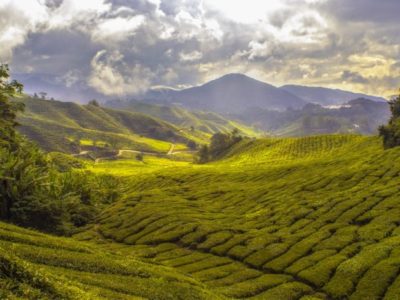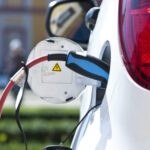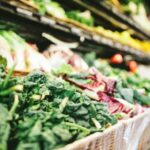As online shopping and subscription services increase, customers pay more attention to packaging. Sendle, a parcel delivery service, recently conducted market research with some interesting findings:
- While 46% of customers said that packaging didn’t factor into their purchase decisions, 57% said they were frustrated with the amount of packaging the products they order come in.
- And 52% said they would be more willing to make repeat purchases or sign up for a subscription service from a retailer that offered more sustainable packaging or shipping options.
Knowing that customer demand is driving sustainable packaging alternatives, several innovations are underway in sustainable packing:
- Pineapple leaves: Filipino researchers at the Design Center of the Philippines developed a way to use discarded pineapple leaves to make paper. Called “Pinyapel,” it provides additional revenue to farmers and extra income to the farmworkers. Pineapple leaves are water-resistant, so it ideal for food packaging and cups.
- Mushrooms: Mycelium is a fungus that grows underground and sometimes breaks through the soil in the form of mushrooms. As mycelium grows underground, it produces a dense network of long, microscopic fibers that can be raised and harvested for packaging and clothing. Ecovative Design has developed a patented process for using mycelium fibers mixed with hemp to produce cost-effective, molded, water-resistant, thermal-insulating, and compostable packaging.
- Prickly Pear Juice: Sandra Ortiz, an engineering professor at the University of Guadalajara, is working to commercialize a film similar to the plastic used to make bags. Except she is using the juice extracted from a prickly pear cactus. The juice is mixed with plant-based additives, rolled flat, and dried. Currently, the production process takes about ten days, and the cactus juice bags will break down in 2-3 months on land and within a week in water or compost. The material is non-toxic and edible, which would benefit sea life if the bags get into the ocean.








